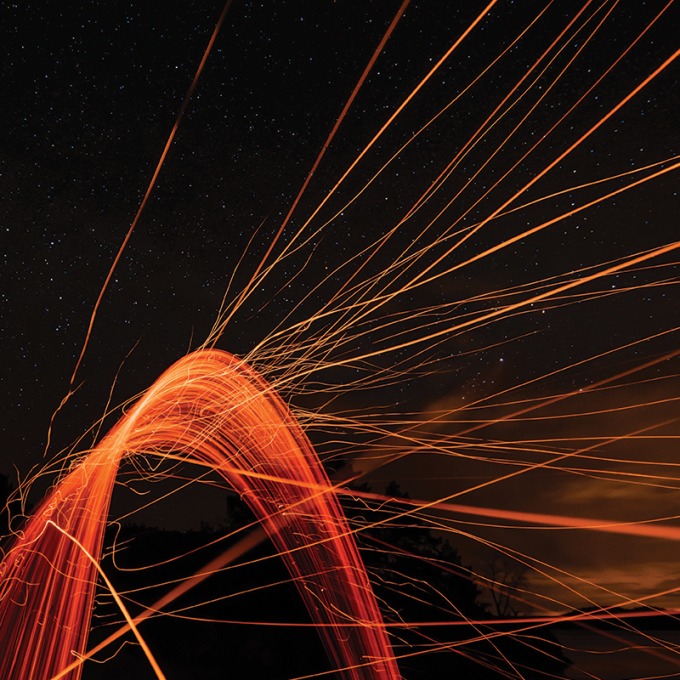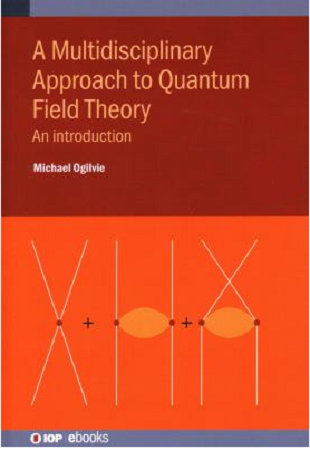Professor Ogilvie's research interests include particle physics and quantum field theory, extreme QCD, lattice gauge theory, phase transitions, and critical phenomena.
One of the great unifying themes in modern physics is the investigation of different phases of matter. Just as water occurs in solid, liquid and gaseous forms, theories of fundamental particles can manifest in different phases. In the universe as we know it today, the electromagnetic and gravitational forces are associated with a Coulomb phase, where massless photons and gravitons give rise to long-range forces. The weak force is associated with the Higgs phase, which has a close relation to superconductivity. The strong force confines quarks and gluons, yet another phase of fundamental matter. Phase transitions from one phase of fundamental matter to another are crucial in modern particle physics and astrophysics.
Ogilvie’s work centers around the phase structure of QCD, the modern theory of the strong interactions between quarks. Using a combination of theoretical tools and computer simulation methods, the goal of his research is to determine the phase structure of QCD under extreme conditions, such as high temperature or high density.



